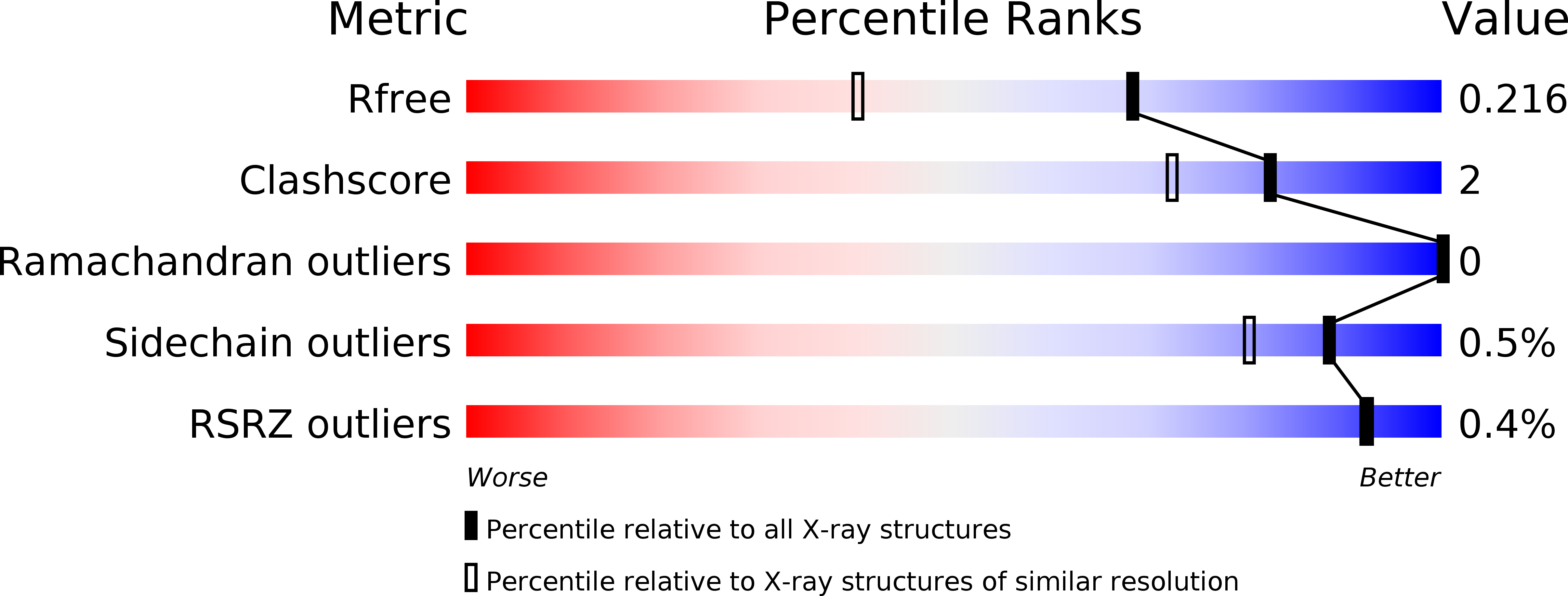
Deposition Date
2018-11-12
Release Date
2019-04-03
Last Version Date
2024-10-30
Entry Detail
PDB ID:
6IR6
Keywords:
Title:
Green fluorescent protein variant GFPuv with the native lysine residue at the C-terminus
Biological Source:
Source Organism:
Aequorea victoria (Taxon ID: 6100)
Host Organism:
Method Details:
Experimental Method:
Resolution:
1.64 Å
R-Value Free:
0.21
R-Value Work:
0.18
R-Value Observed:
0.18
Space Group:
P 1 21 1


